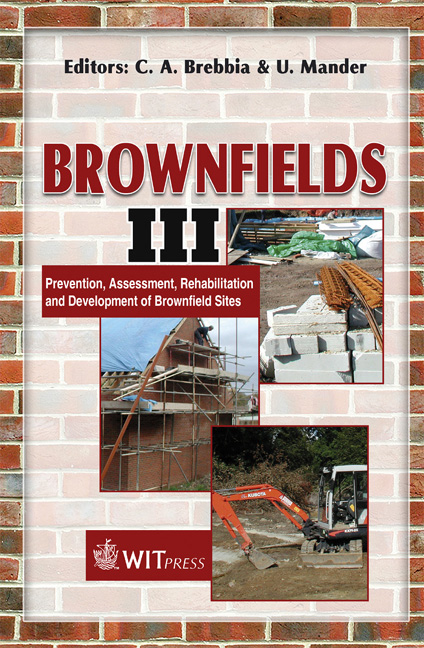Recycling Brownfields? The Influence Of On-site Contamination On Home Buyers
Price
Free (open access)
Transaction
Volume
94
Pages
8
Published
2006
Size
400 kb
Paper DOI
10.2495/BF060021
Copyright
WIT Press
Author(s)
K. Winson-Geideman
Abstract
This research uses contingent valuation (CV) to assess home buyer perceptions regarding housing built on formerly contaminated sites. Respondents are questioned about the underlying stigma associated with past contamination and willingness to purchase a home built on a brownfield. Discounts and market loss in Chicago, Illinois, a metropolitan area characterized by a large number of brownfields and an active housing market, are identified and analyzed. Keywords: brownfields, contingent valuation, stigma. 1 Introduction Over the past 50 years, tens of thousands of the factories, warehouses, rail yards, and other facilities that stimulated industrial growth in many parts of the world have been abandoned. Buildings became obsolete as innovation required the use of new technologies and companies moved to new locations. Many of these facilities were in use before there was significant regulation of hazardous substances, and quite often are now impacted by residual contamination though the type and extent is unknown. Many times the party responsible for the contamination is no longer in existence. The high number of these sites, known as brownfields, and the associated threats due to contamination often result in negative impacts on property value and greater risk for property investment. While a substantial amount of research addresses value and liquidity issues when these sites are returned to industrial use or reclaimed for commercial purposes, in general, there are few studies that address the demand for residential use, or how individual homeowners might integrate knowledge of contamination into location decisions.
Keywords
brownfields, contingent valuation, stigma.




